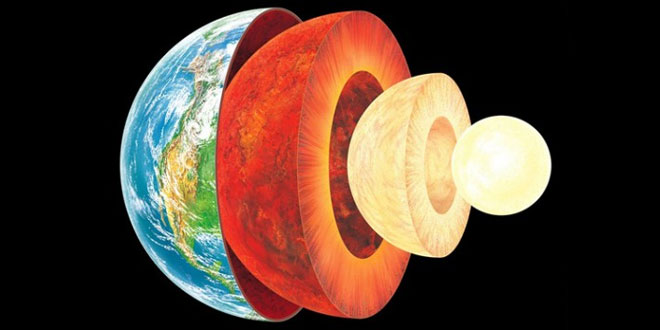Question: Distinguish between rocks and minerals.
Answer: Difference is as follows:
Question: Distinguish between intrusive and extrusive rocks.
Answer: Difference is as follows:
Question: Name the main types of rocks with three examples of each.
Answer: There are three types of rocks:
- Igneous rocks: Granite, Dolerite, Basalt.
- Metamorphic rocks: Marble, Slate, Quartzite.
- Sedimentary rocks: Sandstone, Limestone, Cool.
Question: How are metamorphic rocks formed?
Answer: The metamorphic rocks are actually igneous or sedimentary rocks which has been changed to excessive heat and pressure inside the earth. Excessive heat and pressure can change the original properties of rocks such as their colour, hardness, texture and mineral composition. Such changed rocks are called metamorphic rocks. The word metamorphic is derived from the Greek word meta-, which means “change” and morphe- means “form”. Some examples of metamorphic changes include the changing of clay into slate, Limestone into marble and coal into diamond.
Question: How are minerals and rocks useful.
Answer: Minerals and rocks are very useful:
- The minerals in the soil provide nutrients that plants need.
- Hard and large blocks of rocks are used for construction work.
- Rocks with adequate mineral content (ores) are used in industry.
- Minerals (precious metals and gemstones) are used in making jewellery.
 Class Notes NCERT Solutions for CBSE Students
Class Notes NCERT Solutions for CBSE Students


